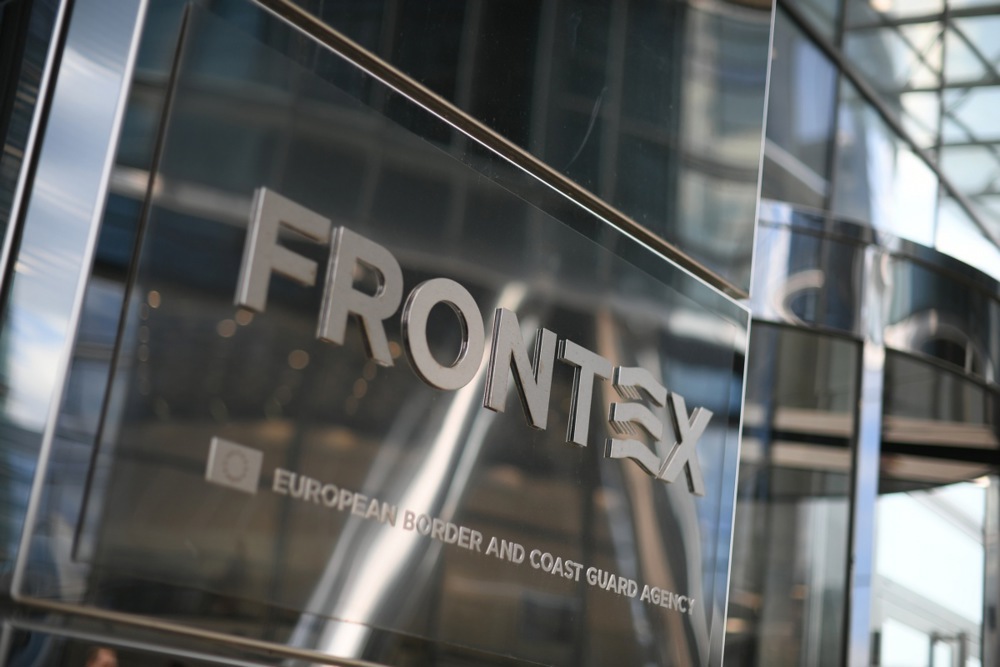The latest annual report by Frontex – the European agency for external border control – showed a 17 per cent rise in illegal immigrant inflows into the European Union between 2022 and 2023.
“More than 442,000 illegal border-crossings … were detected at the EU’s external borders: roughly 380,000 on entry and 62,000 on exit”, stated Frontex.
This was the third consecutive year of growth and compared to 380,000 the previous year.
The year 2023 represented the highest annual figure since 2015-2016, which saw a large number of arrivals from the Middle East as a consequence of successive wars.
According to Frontex, “the increase in illegal border-crossings in 2023 was mostly driven by arrivals at the sea borders”: more than 50,000 via the Central Mediterranean route and more than 25,000 via East Africa.

Just over half of all immigrant deaths last year were due to drowning. The Mediterranean Sea remains the deadliest route, with at least 3,129 deaths and disappearances recorded in 2023.
One direct consequence of this high level of illegal immigration is the reactivation of internal border controls within the Schengen area.
The apparent lack of protection of external borders has led to the hardening of internal borders in countries such as Hungary, the Czech Republic and Poland.
“2023 was also marked by more temporarily reintroduced border-controls in the Schengen area than in any other year in recent history”, says the report.
Poland has also strengthened its external borders to control migratory pressure from Belarus or Ukraine.
Member States reported a total of 410,000 people in transit between territories, indicating that few migrants stay in the first country they enter. Most tend to aim for Northern European countries because of their relatively generous social welfare benefits.

For 2024, forecasts suggest more arrivals. Frontex said there are about 100,000 people already waiting to enter Europe through the Canary Islands from Mali.
While new EU immigration and asylum legislation was passed last December, it is not intended to limit entries but rather to increase control over arrivals. Sources in the European Council said during the debate prior to the legislation’s approval that at no time was the law intended to be suggested that a “human being is illegal.”
When the European Commission President, Ursula von der Leyen visited the Italian island of Lampedusa mid-last year, she assured the media that the body’s aim was to open new channels for legal immigration.
Commissioner for Home Affairs Ylva Johansson said shortly afterwards that the EU needed one million non-EU immigrants each year to counter the bloc’s declining workforce.
European Commissioner for Home Affairs Ylva Johansson has been criticised by MEPs for claiming the European Union “needs a million migrants a year”. @KrahMax | @TomVandendriese https://t.co/D0JQOCOyuW
— Brussels Signal (@brusselssignal) January 10, 2024





